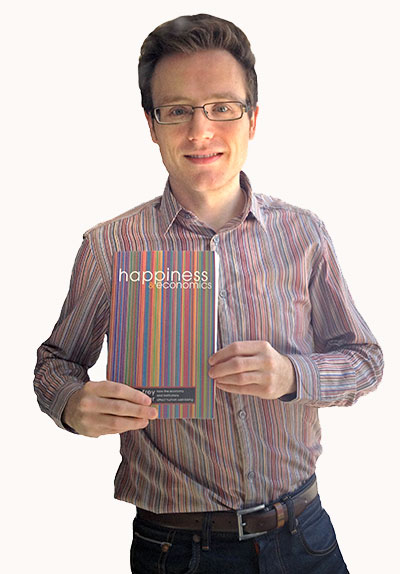Loneliness is an important social issue affecting the well-being of individuals and society. The feeling has been widely researched, particularly in the context of ageing and old age. With many countries experiencing a demographic shift to an ageing population, the topic is becoming ever more salient.
In Japan, over the past few years, attention has been increasingly focused on a related issue, kodokushi (solitary death). This is the phenomenon of dying alone—usually at home—and of natural causes.
Generally, the body is found days or weeks later by neighbours or local authorities. Although cases of kodokushi have been reported for people of all ages, the phenomenon is more prevalent among older individuals.
As reported incidents of kodokushi increase, so too does awareness of the problem among members of the general population. Media attention, however, is focused on not only the rising number of cases, but also on the severity of the situation.
In September 2005, for example, an NHK documentary featured a case in Chiba Prefecture; the body had been found four months after the person’s death. Then in January 2010, NHK placed the increasing incidence of kodokushi in a broader perspective, linking the phenomenon to the development of a muenshakai (society without bonds).
According to the broadcaster, in a muenshakai, people increasingly lose their connection to relatives, neighbourhoods and workplace. They thus face muenshi (disconnected death).
The Japanese government’s Cabinet Office features kodokushi in their Annual Report on the Aging Society: 2010. There it states that being found days after one’s death violates human dignity, causes mental distress, and saddles relatives, neighbours and landlords with a financial burden.
To prevent this phenomenon, the report continues, it needs to be understood that kodokushi is the result of isolation that has occurred during the lifetime of the deceased, but which becomes visible only through their death. Therefore, where older people are concerned, efforts should be made to prevent them from becoming isolated.
The phenomenon has also gained attention internationally. The topic of solitary death in Japan has been featured in Time, The New York Times, the BBC News and The Guardian.
Considering that other Western countries are also facing an ageing population and a growing number of single households, it may be only a matter of time before kodokushi becomes a problem in other societies.
According to the Japan Quality of Life Survey, conducted in 2013 by the Japanese government’s Economic and Social Research Institute, 32% of respondents reported that they were somewhat or very concerned about dying alone. According to our own analysis of the data, the worries are negatively correlated with subjective well-being. Worries about solitary death show one of the highest negative correlations with happiness.
Our analysis shows that social isolation is the main driver of worries about solitary death, especially amongst middle-aged people. This is an important finding because an ageing society has, by definition, an ever-increasing number of middle-aged and aged people.
Household income, marital status, the number of children, the type of home, whether the respondent lives alone or not, and the access to and satisfaction derived from the neighbourhood were additional determinants of worries about kodokushi. These factors were dependant on a respondent’s age.
Measures of social isolation show slight differences across three age groups (20–39, 40–59 and 60–85). Respondents aged 20–39 were more vulnerable to feelings of loneliness, while those aged 60–85 were more in need of social support.
Across the three age groups, the less satisfied the respondents said they were with their neighbourhood, the more they worried about kodokushi. Female respondents aged 20–59 worried more about kodokushi than their male counterparts. In addition, the number of children that respondents aged 40–85 had, negatively affected their worries about solitary death.
Determinants for respondents aged 60–85 were neighbourhood access and low household income. For those aged 40–59, the determinant was living alone, while for those aged 20–39, determinants were the type of home in which they lived and single status.
Practical implications
Policymakers could implement a number of measures to reduce worries concerning kodokushi. Particularly straightforward, from a policy perspective, are creating financial support programmes to fight poverty in old age, and the building and fostering of social support networks for elderly people, in particular.
It is also possible to improve residential satisfaction by promoting community building, improving neighbourhoods by greening, and tackling issues such as air pollution, littering and crime.




